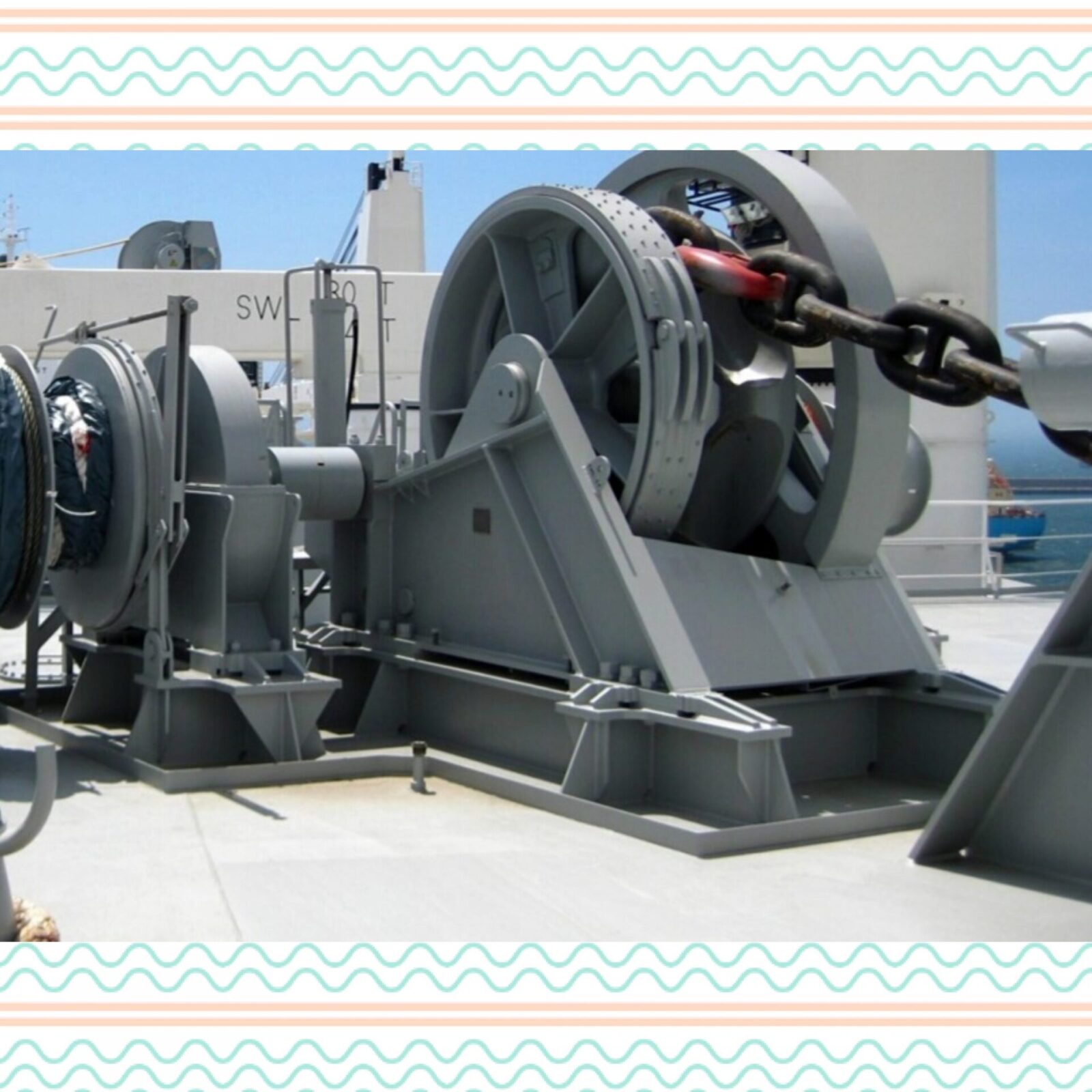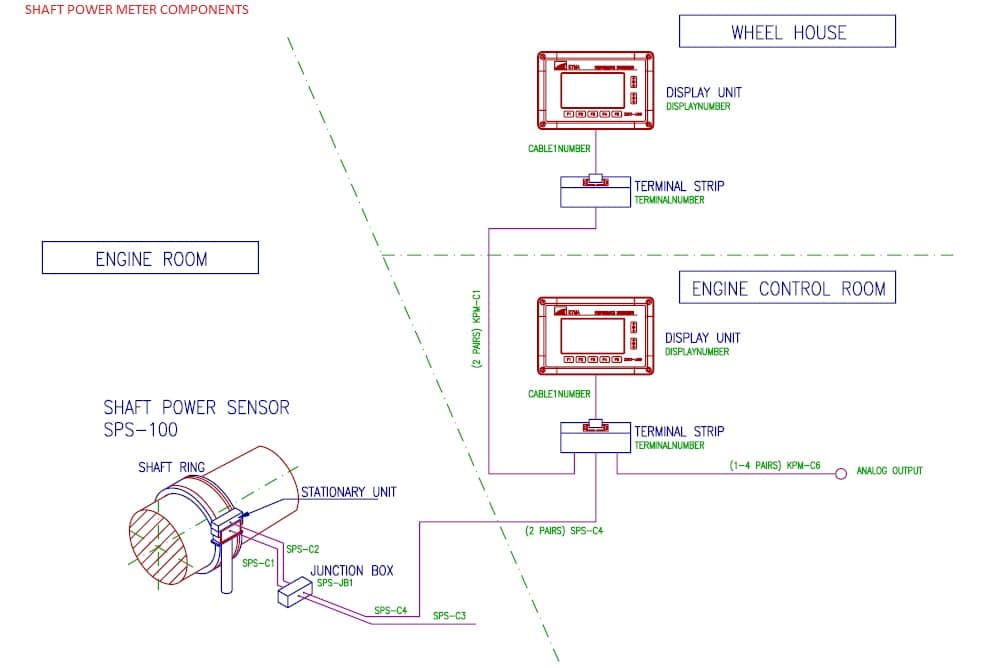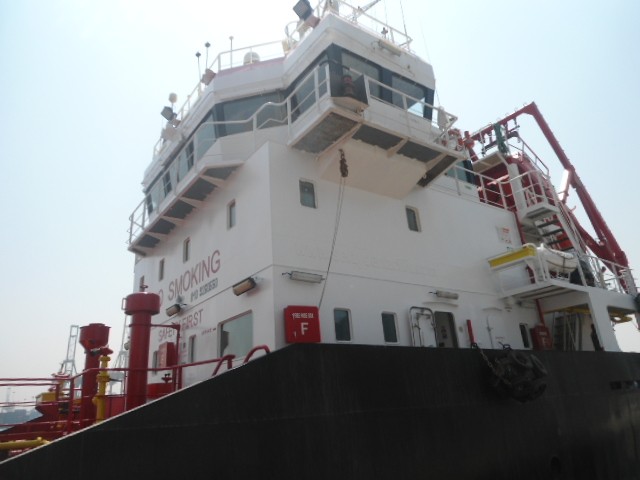Onboard every vessel, there are two windlass motors and two mooring winches for heaving up and dropping anchor, mooring the ship or boat at the jetty, etc.
Related post: general procedure for ship departure and arrival to port
Sometimes, this equipment might develop problem of not taking required load (power out) or refuse to work due to fault encountered. On this article I’m going to share little about my experience during such conditions.
Components of Hydraulic windlass and mooring winches
Windlass and mooring winches are of same components when it comes to hydraulic motor type. But the fluid (hydraulic oil) flow rates are different. While the windlass is meant to pull up to 5 T and above with flow rate between 200 and 280 bar , the mooring winches are more less with 200 to 230 bar of oil pressure.
A windlass contains one hydraulic motor, One hydraulic main and cooling pump, one main shaft, one main gear and one pinion, two manual brakes, two manual clutches, control lever block, Oil tank, and an oil cooler. Attaches includes oil flow safety valves, line vales, thermostats, pressure gauges thermometers, etc.
Hydraulic windlass or mooring winch mode of operation

Before engaging on any troubleshooting of any machinery, it’s important to understand the mode of operations. In terms of hydraulic windlass, it’s a fluid operated machine that is converting into rotor. It’s controlled by fluid flow direction. Thus pulling or releasing the anchor or rope.
Also, learn more about 9 ship mooring safety tips
In most larger ships, hydraulic winches are used, while in boats like fishing, you will find electric gear type. Though in both sides, the windlass are powered by an electric or hydraulic motor which operates via a gear train or pin.
The hydraulic pump which takes suction from an oil tank sends it pressure as set to the hydraulic motor and a spring loaded valve is placed to either bypass the oil back to tank when motor not in use or close when the lever valve opens in any direction.
Also, read more on ship deck maintenance
In addition to that, an auto tensioning valve is also provided incase there’s no one available to operate the main lever valve. The auto valve can be set on a particular range of flow rate, which will activate if the pressure drop lower than set point.
What happens if windlass is not taking load?
If you experience load failure on the hydraulic motor, but observed normal pressure from the hydraulic pump… with my experience, it’s recommended to check the pressure relief valves, auto tensioning valve, pressure adjusting valve and control lever valve. Any of the listed valves might cause bypassing of oil back to return line. In such case the hydraulic motor will not receive enough pressure to pull a particular amount of load.
Sometimes, a foreign objects may get stock on the valves or the valve seat wear out. In such case, an action required to bring the valve to function it purpose.
Having said that, another thing that may cause motor malfunction is an air lock. Incase you renewed a hose, pipe, bolts, etc. Which leads to oil draining out from the motor, it’s advisable to purge the system to avoid air getting in between the hydraulic oil, then into the motor.
Since the motor are springs controlled, if some springs are wick, thus losses it function, then they’re chances that the motor might also lose it power output. In such cases, the motor has to be overhauled, renew springs, seat balls, etc.
Hopefully this article guides you. But if you have question or contributions, feel free to leave a comment below.
Found this article useful? Subscribe below to be the first to read more from us. Also can share your experiences to help someone else.









